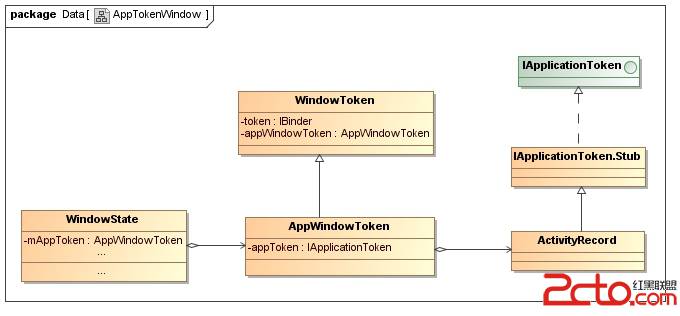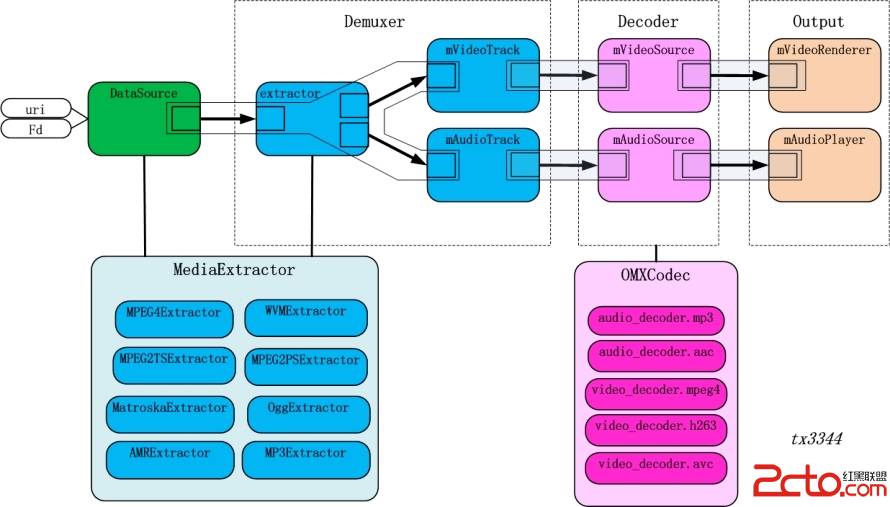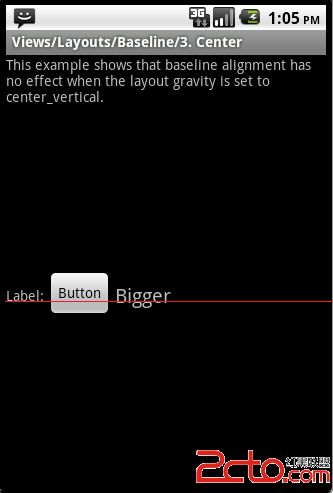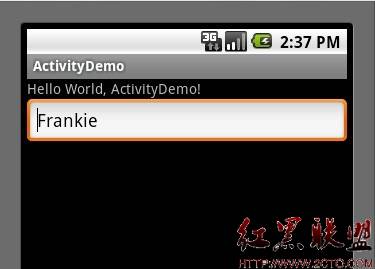android的looper,handler消息小结
在Android开发中,为了UI线程能及时响应需要避免在其中执行耗时操作,以防止界面假死甚至ANR。我们一般把耗时操作如下载,查询放在一个单独的线程中。这之后再将结果更新到UI界面。android平台在非UI线程中更新界面大致有以下几种方式:
[java]
<SPAN style="COLOR: #993300">Activity.runOnUiThread(Runnable)
View.post(Runnable)
AsyncTask<Params, Progress, Result>
Handler.post(Runnable)</SPAN>
Activity.runOnUiThread(Runnable)
View.post(Runnable)
AsyncTask<Params, Progress, Result>
Handler.post(Runnable)
其中后面两种方式我们用的比较多,而AsyncTask也是基于Handler进行封装的,可以看出Handler是我们更新UI线程的利器。看下常用的Handler构造方法:
[java]
<SPAN style="COLOR: #993300">public Handler() {
this(null, false);
}
public Handler(Callback callback, boolean async) {
.....
mLooper = Looper.myLooper();
.....
mQueue = mLooper.mQueue;
mCallback = callback;
mAsynchronous = async;
}</SPAN>
public Handler() {
this(null, false);
}
public Handler(Callback callback, boolean async) {
.....
mLooper = Looper.myLooper();
.....
mQueue = mLooper.mQueue;
mCallback = callback;
mAsynchronous = async;
}
从第二个方法里面可以看出,新建一个handler对象,主要是使其final MessageQueue mQueue作用域指向一个对象,其它的作用域用默认的都行。mQueue来自mLooper = Looper.myLooper();看下myLooper()方法的实现:
[java]
<SPAN style="COLOR: #993300">public static Looper myLooper() {
return sThreadLocal.get();
}
// sThreadLocal.get() will return null unless you've called prepare().
static final ThreadLocal<Looper> sThreadLocal = new ThreadLocal<Looper>();</SPAN>
public static Looper myLooper() {
return sThreadLocal.get();
}
// sThreadLocal.get() will return null unless you've called prepare().
static final ThreadLocal<Looper> sThreadLocal = new ThreadLocal<Looper>();
到这里是时候说明下ThreadLocal了,ThreadLocal是java中为每个线程都提供一个变量值的副本,是Java中一种较为特殊的线程绑定机制。这里我们只要记住以下几点:1.每个线程中获得的ThreadLocal的值都是线程独立的,和其它线程没有关联。2.对于ThreadLocal的理解在记住第一点的基础上只需要记住public void set(T)和public T get()两个接口就可以。
事实上android利用ThreadLocal,为每个UI线程建立一个looper对象,每个looper对象有一个消息队列MessageQueue。每次声明一个handler,其主要步骤就是绑定当前线程的消息队列,这之后就可以利用handler将需要的操作派发到消息队列中。一般在每个线程的开始执行Looper.prepare();这是为当前线程创建线程私有的looper对象,这之后就可以声明handler;一般在每个线程的最后执行Looper.loop();前面说明handler绑定了当前线程的消息队列,loop()方法就是监听消息队列,并且执行操作,因此这个方法是一个无限循环,其之后的代码都不会执行,所以在线程的最后执行。
这种模式有点像大学操作系统中的生产者和消费者模式,looper就像消费者,handler就像生产者,比较特殊的是在一个线程中消费者looper只能有一个,生产者handler可以有多个。接下来带着上面的知识看看looper中的主要代码:
[java]
<SPAN style="COLOR: #993300">public static void prepare() {
prepare(true);
}
private static void prepare(boolean quitAllowed) {
if (sThreadLocal.get() != null) {
throw new RuntimeException("Only one Looper may be created per thread");
}
sThreadLocal.set(new Looper(quitAllowed));
}
public static void loop() {
final Looper me = myLooper();
final MessageQueue queue = me.mQueue;
for (;;) {
Message msg = queue.next(); // might block
.....
msg.target.dispatchMessage(msg);
}
}</SPAN>
public static void prepare() {
prepare(true);
}
private static void prepare(boolean quitAllowed) {
if (sThreadLocal.get() != null) {
throw new RuntimeException("Only one Looper may be created per thread");
}
sThreadLocal.set(new Looper(quitAllowed));
}
public static void loop() {
final Looper me = myLooper();
final MessageQueue queue = me.mQueue;
for (;;) {
Message msg = queue.next(); // might block
.....
msg.target.dispatchMessage(msg);
}
}
在程序中如果某一个子方法里面涉及到了handler而当前线程没有绑定looper(比如在某个自己新建的线程中新分配的一个对象就可能需要handler),运行时就会抛出异常:
[java]
<SPAN style="COLOR: #993300">if (mLooper == null) {
throw new RuntimeException(
"Can't create handler inside thread that has not called Looper.prepare()");
}</SPAN>
if (mLooper == null) {
throw new RuntimeException(
"Can't create handler inside thread that has not called Looper.prepare()");
}
而如果只在线程的开头执行Looper.prepare();而没有执行Looper.loop();就会出现很多操作不会执行的现象。
补充:移动开发 , Android ,




